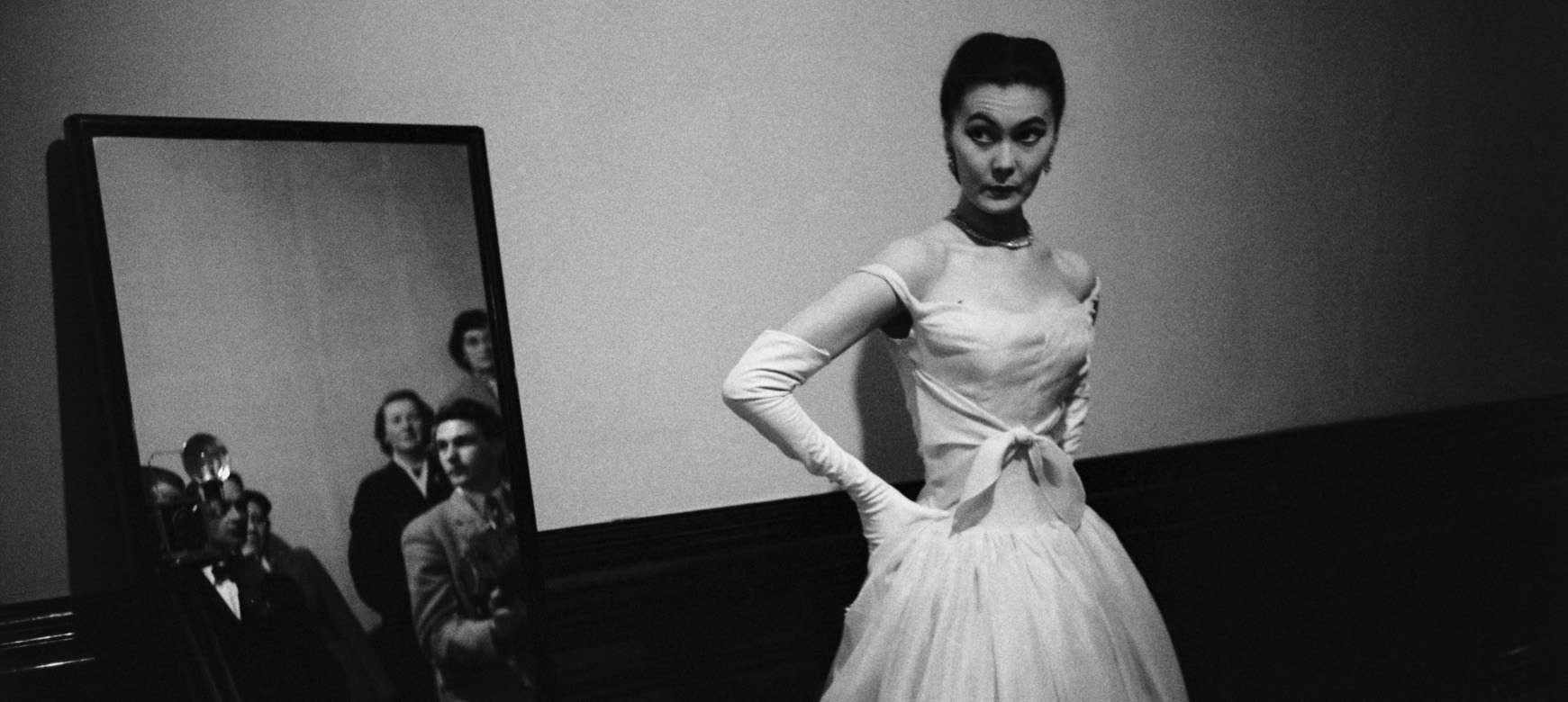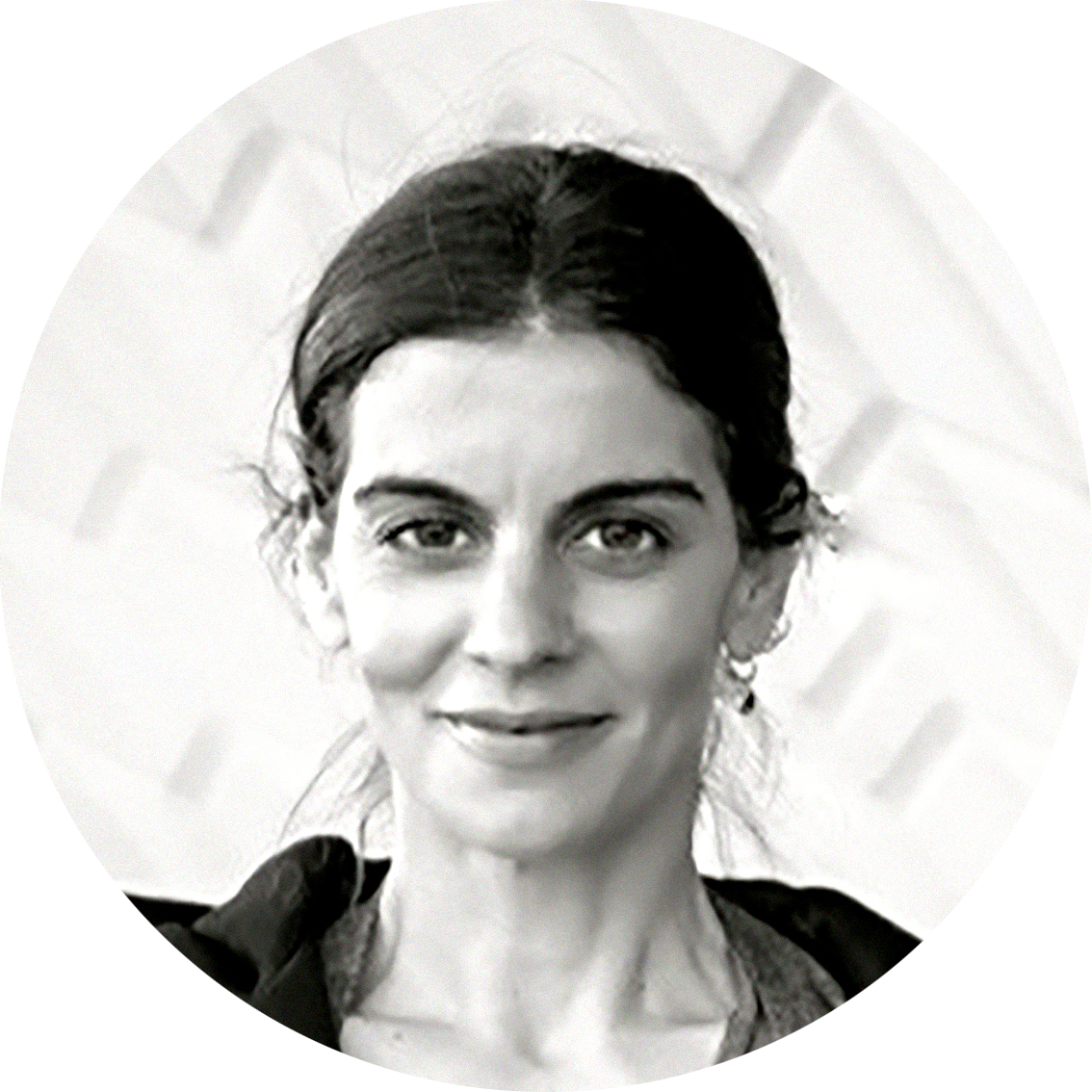Photography: Thurston Hopkins / Getty Images.
Fashion greats such as Karl Lagerfeld, Alexander McQueen and Coco Chanel are often celebrated as the faces that define their brands. However, the magic happens behind the scenes, where a team of assistants, creative directors and artisans play a key role. These “invisible icons” are the silent guardians of the vision and legacy of the great houses, translating ideas into creations that, without them, would be mere mirages.
In the contemporary world of fashion, where visibility is often confused with success, the importance of all the professionals who remain behind the scenes is often overlooked. Instagram has these things. Whilst doing some carefree scrolling on deadline days, I came across a post by a Brazilian brand that I really like, which read: “This post is entirely in thanks to our Lilly Sarti team and collaborators. Without you, none of this would be possible. After all, success comes with teamwork, focus, determination and passion. THANK YOU SO MUCH! Ve, Mon, Nat, Re, Angela, Tami, Tom, Ca, Carol, Josy, Tarsila, Luana, Marcell, Luiz, Augusto, Carla!” Due to this publication, I took the opportunity to talk to Lilly Sarti, the creative director and co-founder of the eponymous brand, about the dynamics of this “teamwork” and the importance of the collaborators behind her creations. “I'm the creative director, so I make the whole concept of what we want to do. I have a particular way of creating, joining various points together to form an atmosphere. Within the team, I have a designer who works with two people who make everything physically possible. From the idea, she turns it into technical drawings and selects the fabrics – I see almost all of them personally, as we develop many fabrics with national partner factories.” Lilly's approach highlights how collaboration and collective creativity are essential in the design process. Although she creates the initial concept, she maintains a strong alignment of ideas with her team, which is responsible for researching innovative materials, many of which Lilly may not have identified. The development of fabrics, especially jacquards, is a priority, given their uniqueness. Jacquards are fabrics created on purpose-built looms, known for producing complex patterns directly on the weave, representing a combination of tradition and innovation that is the essence of the brand. The creative director mentions that she makes an initial sketch, known as a “pesquete”, and gives it to the team, but vectorising the design is not enough, as the factories that use jacquard looms require specialised technicians. After this process, the work returns to the team for further development. Lilly adds: “People are totally important; it's impossible to do a good job alone. Many variables influence it, such as suppliers and in-house labour. Sometimes people change, come and go, which is normal in a company, but without them nothing would be possible.” This statement emphasises the bond that designers have with their teams, reminding us that fashion is not just about those on stage, but also about those who work hard outside of the spotlight. As for the overall team, which involves all the planning, Lilly has a manager who coordinates processes and ensures that everything flows, as “it's very much a micro-process.” The complexity of day-to-day fashion should not be underestimated; every detail is important, and efficient communication between the different parties is essential. When it comes to a fashion show, she highlights the importance of each member of the team: “More than that, it's the people who not only wear the shirt, but sweat the shirt, because they love what they do. We have exceptional internal people who make a difference and transmit a positive energy to the work.” This energy is palpable in each collection and fashion show, where passion and commitment are intertwined. In addition, “the photography and marketing team are highly involved in the product process, as they need to communicate everything.” Lilly's post was genuine: “Only those who are involved on a day-to-day basis know what a struggle it is to make everything happen. When you're surrounded by people who believe in what you're doing and who cheer you on, the result is even more positive.”
Although fashion is a collaborative endeavour, it’s common for only the big names to reap the rewards. Creative directors are often the true guardians of a brand's style, responsible for keeping the vision and legacy of great names alive, even after their death. An example of this is Virginie Viard, who was Karl Lagerfeld's assistant at Chanel for over 30 years before taking on the role of creative director, a position she held until June 2024, continuing the legendary designer's legacy. Despite their importance, these figures rarely receive the attention they deserve. The assistants, meanwhile, form the creative backbone, helping to turn the main designers' ideas into reality. From researching materials to making last-minute adjustments, their role is crucial in the development of collections. There are many cases of assistants who later became big names in their own right, such as Demna Gvasalia, who started out as Martin Margiela's assistant. Equally fundamental are the artisans who master traditional techniques such as embroidery, hand sewing and fabric manipulation. They are the ones who bring creative ideas to life, working in workshops such as Maison Lesage, responsible for transforming haute couture brands' designs into unique pieces. Tradition and innovation merge in the hands of these specialists, keeping alive the ancestral techniques that continue to mould contemporary fashion. The success of a collection often depends on the collaboration and synergy between the main designer and this invisible team. A notable example is John Galliano's partnership with the artisans at Maison Margiela, to whom he often gives credit for the execution of his creations. In a world that wants to be increasingly transparent, there is a growing effort to give due recognition to these behind-the-scenes talents. It's important to recognise these hidden protagonists, without whom the fashion brands we know and love wouldn't have the same impact. Their work, although often hidden, is deeply visible in the collections and legacy of fashion. Whether it's through the ateliers and artisans who execute techniques that only decades of experience allow, or the assistants who, at critical moments, save shows with adjustments and suggestions, fashion depends on these hidden talents. Without them, the balance between tradition and innovation that defines the evolution of the great maisons would be impossible. The history of fashion is ultimately a rich and complex tapestry, woven by invisible hands that skilfully unite the past with the present, creating garments that are not just clothes, but true works of art. Recognising the work of the invisible icons is essential not only for valuing their efforts, but also for understanding the creative process as a whole. After all, every piece that hits the catwalks is the result of a synergy between creativity, technique and passion. If we want the future of fashion to continue to evolve, we need to look beyond the faces in the spotlight and celebrate those who work tirelessly behind the curtains. That way, fashion won't just be an ephemeral spectacle, but a lasting legacy, moulded by the collaboration and artistry of each and every one of those who are part of this fascinating universe.
Translated from the original on "The Icons" issue, published November 2024. Full credits and stories in the print issue.
Most popular
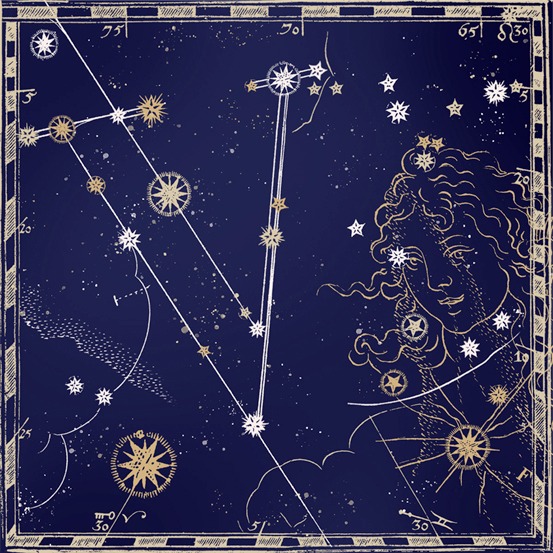
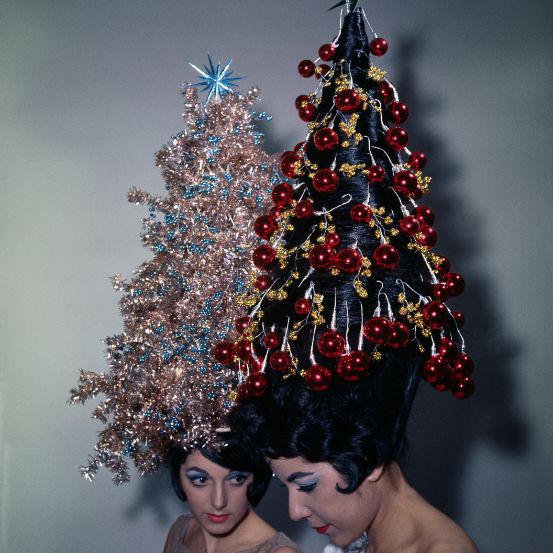
Relacionados
.jpg)
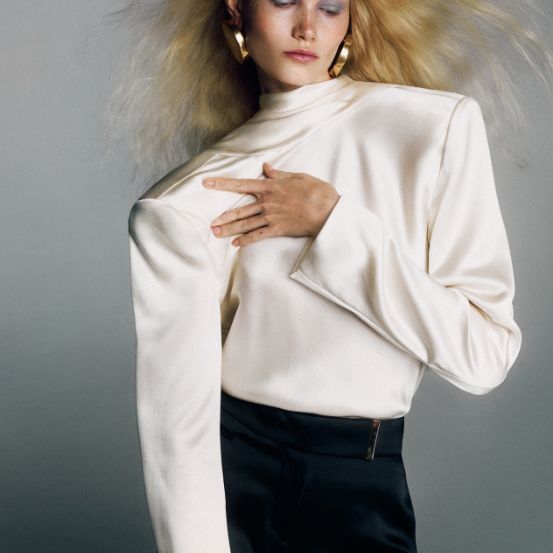
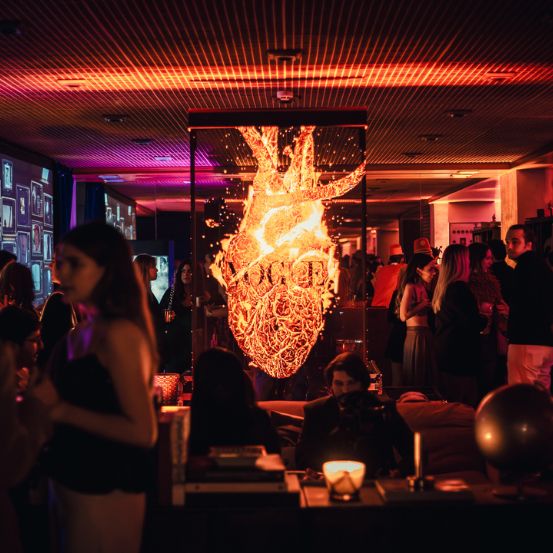
LightHouse Publishing x Street Smash Burgers: uma noite no escritório da Vogue Portugal
19 Dec 2025
 (14).png)


